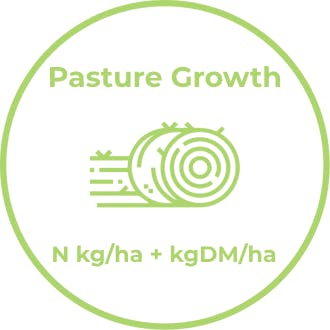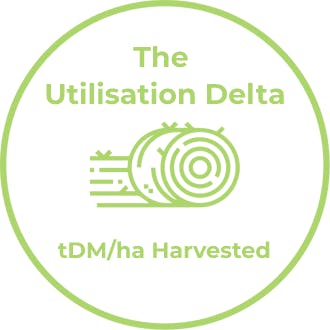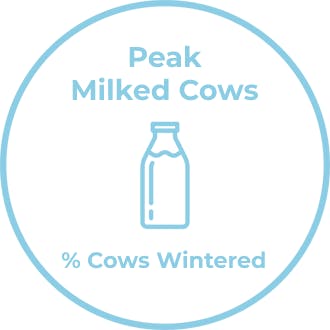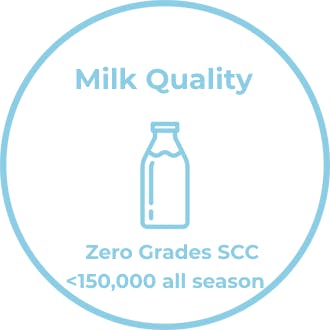Industry
Top 5 KPIs: Gareth Lash

"Rule of thumb says if you increase productivity 1% and decrease costs 1% you increase profit 5%. Trev is key to helping us find those one percents - even more important when milk price is low and costs are increasing."
- Gareth Lash, Chairman, Base Two Holdings
Gareth Lash is Chairman of Base Two Holdings, a 1400 cow equity partnership in Southland. Here he shares the operational KPIs the Board tracks to ensure the growth equity partnership will deliver on its business model.

Pasture Growth
Land is your biggest asset. You’ve got to make the most of it and get a return on your investment by optimising what you can do with that land. Maximising pasture growth over the season ensures the cheapest feed is available for your farm system.
To this end, I like to monitor growth rates alongside how much Nitrogen has been applied, and making sure we are getting the right amount of N on at the right time and the right response. This has significant influence over milk production and the cost of that production.

Average Pasture Cover and Residual Covers vs. Supplement Fed
Maximising grass growth and utilisation provides the best returns. For the system type we run this means focusing on pasture cover and residuals as a priority; and making sure we aren’t substituting grass with feed bought in. It is easy for this to slip and increases the cost of production. To help us measure this I like to take advantage of Trev’s One Pager Report.

Cows in Vat
We calculate this by taking the actual cows in the vat, divided by the cows wintered at the start of the season. This also captures losses and wastage (such as surprise empties, culls or “missing” animals).
If we’re going to be incurring the cost of wintering cows, we need to get a return on them by maximising production and ensuring they’re in the vat is fundamental to that.

SCC Consistency
Somatic Cell Count (SCC) consistency is an important KPI to keep a track of. This can be influenced by a range of on-farm factors and can therefore be a good indicator of how the farm is going. This is quite easy to track and while the absolute level matters, any movement or fluctuation is more interesting as it indicates something is happening that may need attention.

Compliance Checklist Score
This KPI is more about value protection than value creation. Increasing compliance regulations and pressure is part of farming in today’s environment, so while it’s not a conventional KPI, quantifying your compliance rating helps to ensure that some of the bigger issues don’t slip through the cracks.
A farm’s compliance rating should be at a standard that most people should be able to achieve with some effort. We aim to be compliant every day of the week as a farm business. We have a checklist of compliance matters set up in Trev via Checklists and we aspire for these to be 100% completed at all times, however at any time we know there’s always room for improvement.
More articles
Product
Supporting the farmer journey
Whether it’s grass growth, body condition score, or recording fertiliser applications, New Zealand farms are entering an age of data that offers a golden opportunity to help boost farm performance, lift profitability and improve sustainability.
Product
Unlocking the value of farm data.
Trev helps farmers to deliver better productivity, profitability and sustainability outcomes. Find out how.
Industry
Top 5 KPIs: Rebecca Hyde
Rebecca Hyde is a Nuffield Scholar and owner of TFD Consulting where she works alongside farmers and businesses to strengthen environmental management. Rebecca shares what she thinks are the most important data sets to be capturing on farm.